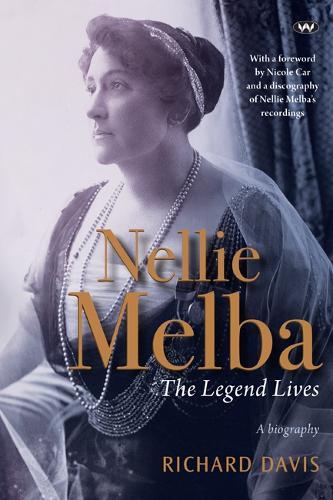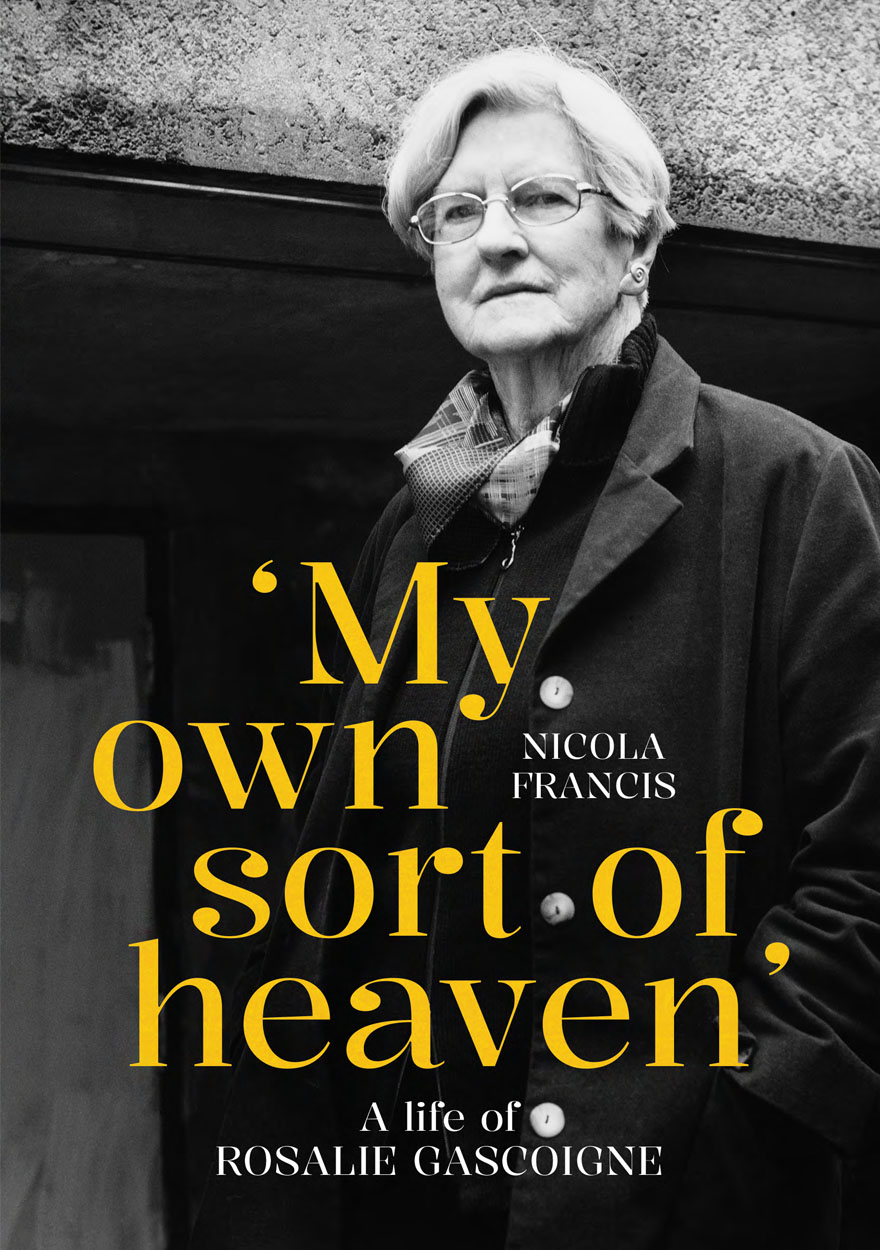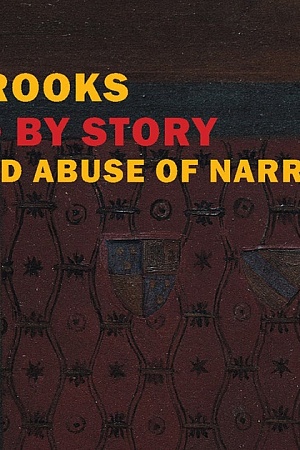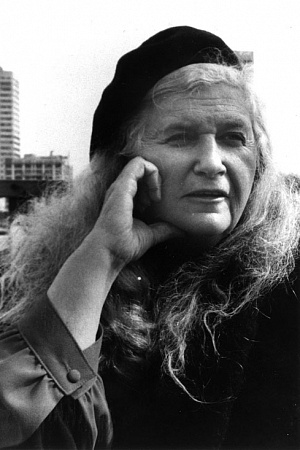Elements of Surprise: Our mental limits and the satisfactions of plot
Harvard University Press (Footprint), $66 hb, 332 pp, 9780674980204
Elements of Surprise: Our mental limits and the satisfactions of plot by Vera Tobin
On the dust jacket of Elements of Surprise is the well-known picture by John Tenniel, illustrator of Alice’s Adventures in Wonderland (1865), depicting Alice gazing up at the grinning Cheshire Cat perched on a branch of a tree. I felt very much like Alice while reading Vera Tobin’s book, as if I had fallen into a world in which the rules, concepts, and vocabulary were completely alien to my own.
In her analysis of surprise in plot, Tobin, a cognitive scientist at Case Western Reserve University in the United States, is primarily interested in two issues: how it can happen that in book after book, readers can be surprised, even though the same plot tricks are used over and over again; and secondly, how readers can believe one thing through several chapters, then, when a surprise is revealed, easily switch to another view without condemning the whole novel as incoherent. These are questions that no fiction writer would ask; rather, we assume that such reader responses will occur if we writers do our job properly, if we create coherent narratives fuelled by secrets and mysteries, desires and ambitions, all carried by fleshed-out, credible characters.
Continue reading for only $10 per month. Subscribe and gain full access to Australian Book Review. Already a subscriber? Sign in. If you need assistance, feel free to contact us.















Leave a comment
If you are an ABR subscriber, you will need to sign in to post a comment.
If you have forgotten your sign in details, or if you receive an error message when trying to submit your comment, please email your comment (and the name of the article to which it relates) to ABR Comments. We will review your comment and, subject to approval, we will post it under your name.
Please note that all comments must be approved by ABR and comply with our Terms & Conditions.